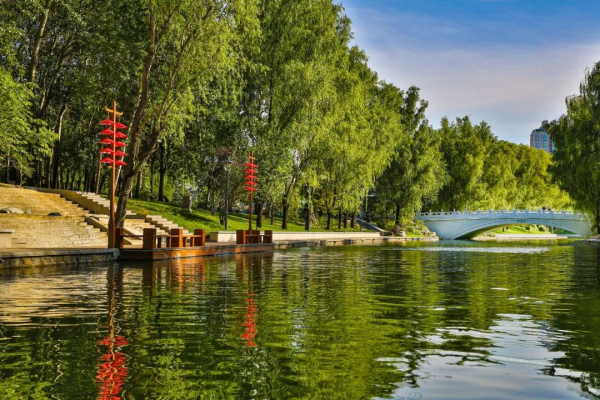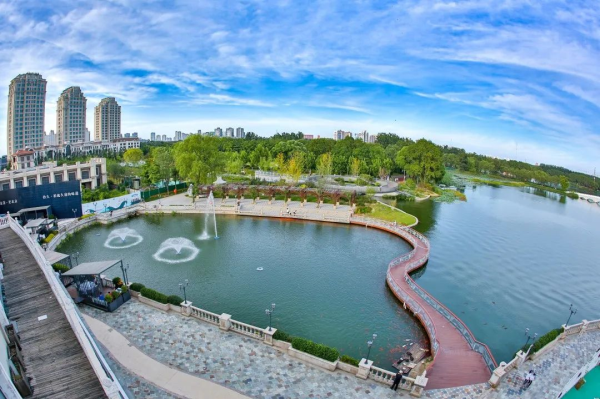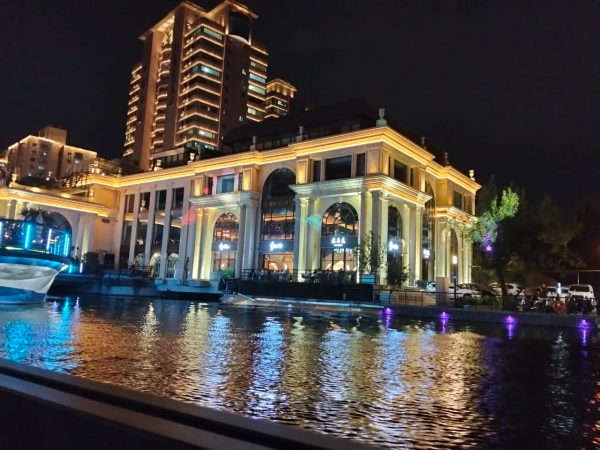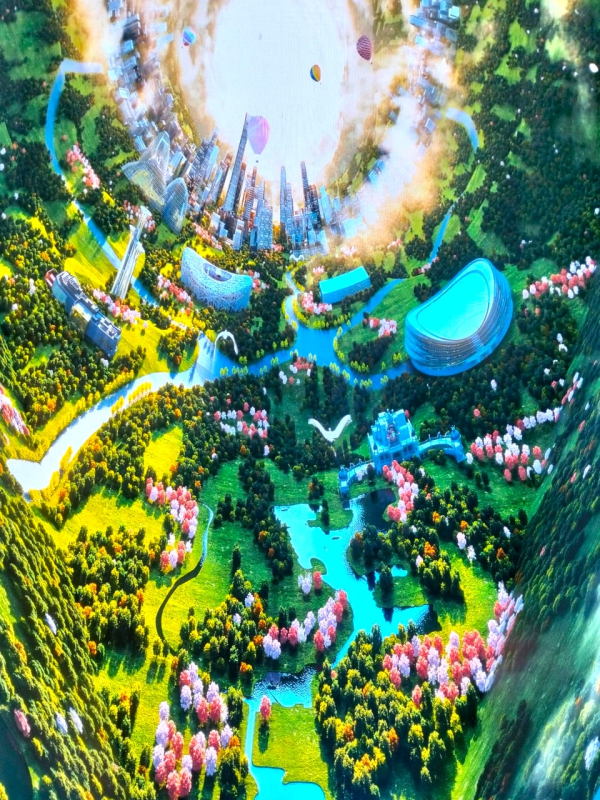KPL
Beijing, China's capital, is famed not only for its modernity and prosperity but also as a top-tier tourist destination. It boasts iconic cultural and historical sites like Great Wall, Forbidden City, Temple of Heaven, and Tian'anmen Square, which draw millions of domestic and international visitors annually.

The revitalized Liangma River. Image from: https://english.bjchy.gov.cn/
But beyond these famous landmarks lies another must-see attraction for any Beijing visitor: the Liangma River. Today, we invite you to discover this scenic waterway.
Many call the Liangma River "Beijing's Seine," thanks to its beautiful banks that offer perfect spots for relaxation, reminiscent of the famous river in Paris, France.
The name "Liangma" literally means "Drying Horses," harkening back to the practice of sun-drying horses after bathing them. The river's history dates to the Ming Dynasty in 1420, following Emperor Chengzu's decision to move the capital from Nanjing to Beijing.
Originally, the Liangma was a minor stream dotted with small ponds, ideal for washing horses. In earlier times, when roads were unpaved and often muddy, travelers would stop here to clean their horses before entering the city.

The Liangma River in its current form. Image from: https://english.bjchy.gov.cn/
The Liangma River has undergone a remarkable evolution, mirroring Beijing's own socio-economic growth. It transitioned from a horse-washing spot to a polluted drainage ditch, and has now been reborn as a popular tourism and leisure destination for locals and tourists alike.
In the 20th century, Beijing's expansion and the development of the Chaoyang District necessitated the lengthening of the river east of the old city. In the early 1980s, to improve the sewage system in the Sanjianli area, a nearly 7-kilometer channel was dug, linking the Liangma to the Ba River east of the 3rd Ring Road. Stone and concrete embankments were built to prevent erosion.
The area later saw the construction of embassies and various buildings, including parts of northern Sanlitun and the vicinity of Liangmaqiao Subway Station. For a time, the river suffered from pollution, as taxi drivers washed their cars here, and waste from nearby businesses, combined with a lack of proper sewage treatment, turned the water murky and foul-smelling.

A large hotel on the banks of the Liangma River. Photo by: Sengthong
A turning point came in the early 2000s when the Beijing Municipal Government dredged the river and reinforced its banks. Then, in the 2010s, the Chaoyang District government launched a major revitalization project. This led to a boom in new hotels, shops, and businesses springing up along both sides of the Liangma River.
Today, the riverbanks are a vibrant hub of activity. People flock here daily to walk, jog, enjoy picnics, cruise, paddle, swim, or even fish.

A video display on an LED screen inside a tunnel along the Liangma River. Photo by: Sengthong
Nighttime cruising has become a particularly popular attraction. Trees lining the banks are adorned with beautiful multi-colored lights, creating a unique and romantic atmosphere. As boats glide through tunnels, passengers are treated to large LED screens displaying videos that narrate Chinese beliefs, showcase its splendid culture, and highlight the nation's current prosperity. The journey offers a varied experience, from river-like sections where people stroll along tree-lined walkways to open, lake-like areas that provide stunning, wide-angle views of the cityscape.
KPL